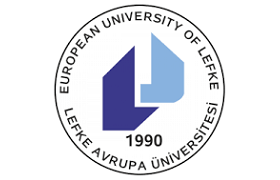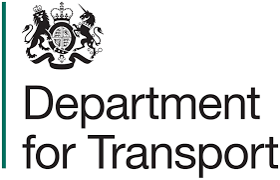Wireless communications have been extensively studied for several decades, which has led to various new advancements, including new technologies in the field of Intelligent Transport Systems. Vehicular Ad hoc Networks or VANETs are considered to be a long-term solution, contributing significantly towards Intelligent Transport Systems in providing access to critical life-safety applications and infotainment services. These services will require ubiquitous connectivity and hence there is a need to explore seamless handover mechanisms.
Although VANETs are attracting greater commercial interest, current research has not adequately captured the real-world constraints in Vehicular Ad hoc Network handover techniques. Due to the high velocity of the vehicles and smaller coverage distances, there are serious challenges in providing seamless handover from one Road Side Unit (RSU) to another and this comes at the cost of overlapping signals of adjacent RSUs. Therefore, a framework is needed to be able to calculate the regions of overlap in adjacent RSU coverage ranges to guarantee ubiquitous connectivity.
This research work highlights such a framework by analysing in detail the communication mechanisms in a VANET network, firstly by means of simulations using the VEINs framework via OMNeT++ and then using analytical analysis of the probability of successful packet reception. Some of the concepts of the Y-Comm architecture such as Network Dwell Time, Time Before Handover and Exit Times have been used to provide a framework to investigate handover issues and these parameters are also used in this research work to explore handover in highly mobile environments such as VANETs. Initial investigation showed that seamless communication was dependant on the beacon frequency, length of the beacon and the velocity of the vehicle. The effects of each of these parameters are explored in detail and results are presented which show the need for a more probabilistic approach to handover based on cumulative probability of successful packet reception. In addition, this work shows how the length of the beacon affects the rate of change of the Signal-to-Noise ratio or SNR as the vehicle approaches the Road-Side Unit. However, the velocity of the vehicle affects both the cumulative probability as well as the Signal-to-Noise ratio as the vehicle approaches the Road-Side Unit. The results of this work will enable systems that can provide ubiquitous connectivity via seamless handovers using proactive techniques because traditional models of handover are unable to cope with the high velocity of the vehicles and relatively small area of coverage in these environments.
Finally, a testbed has been set-up at the Middlesex University, Hendon campus for the purpose of achieving a better understanding of VANET systems operating in an urban environment. Using the testbed, it was observed that environmental effects have to be taken into considerations in real-time deployment studies to see how these parameters can affect the performance of VANET systems under different scenarios. This work also highlights the fact that in order to build a practical system better propagation models are required in the urban context for highly mobile environments such as VANETs.
VANET - Vehicle Ad-Hoc Networks Research group at Middlesex University
Latest posts by VANET - Vehicle Ad-Hoc Networks Research group at Middlesex University (see all)
- Latest news ! Awarded Contracts +! Congratulations to the MDX stars ! - November 4, 2017
- Full Coverage Map of the MDX Extended Connected Vehicle Testbed – A41/M1 (Motorway) - October 25, 2017
- MDX Extended VANET Testbed – A41/M1 (Motorway) – You have been VANETed is back….!!! - December 4, 2016













